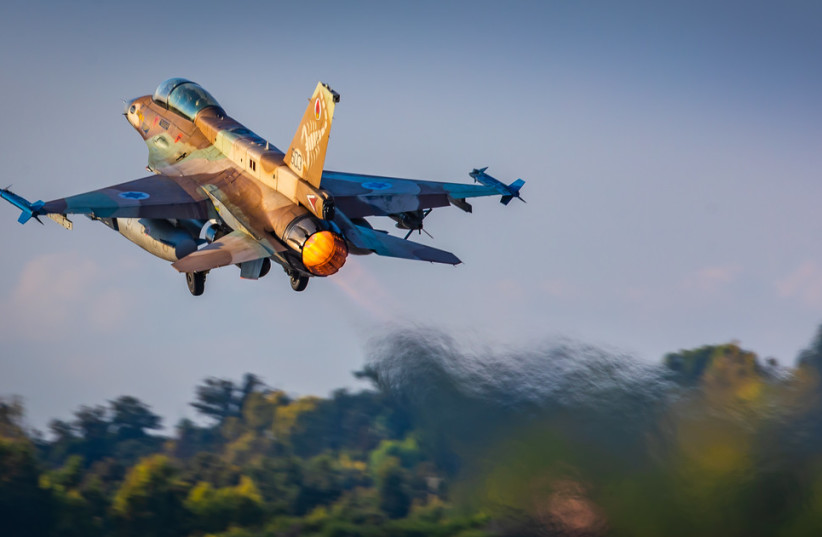Quiet before the storm: Is escalating Israel-Iran violence on the way?
The Iranian attack on Israel on April 13-14 involved not just Iran but also Iran’s proxies. Iran operationalized Hezbollah and the Yemenite Houthis to simultaneously carry out the attacks. However, in the wake of the attack, there have been two days of relative quiet in the region. Israel is carrying out limited operations in Gaza. In general, the Gaza front has been quiet since the IDF withdrew most of its men, leaving only one division of forces in Gaza.
On the northern front, Hezbollah is also weighing its next moves and has reduced its fire after launching around 150 rockets between April 13 and 14, targeting Israeli bases in the Golan.
The IDF stated on April 15 that “IDF fighter jets struck Hezbollah terrorists in a military compound in the area of Meiss El Jabal, as well as an additional Hezbollah military compound in the area of Tayr Harfa in southern Lebanon.”
In addition on April 15, “Following sirens that sounded in the area of Hanita in northern Israel, approximately five launches were identified crossing from Lebanon and fell in open areas. No injuries were reported. The IDF struck the sources of fire,” the IDF said. The IDF also targeted Hezbollah sites in Markaba, Jabal Blat, Al-Hamra, and Majdal Zoun in southern Lebanon. Hezbollah’s front remains active and has fired 3,100 projectiles at Israel since October 7.
In addition, the IDF intercepted two drones on the night of April 14 and the morning of April 15. Drone threats, either from Yemen or Iraq, continue, and there is currently a lot of anticipation throughout the region.

Could the risk of escalation also lead to a potential agreement? Hamas has rejected the latest Israeli ceasefire deal, and Hezbollah does not seem ready to withdraw from the border. Hamas appears to feel empowered, along with Iran’s other proxies. Iran’s entrenchment in Syria is also not likely to change. In fact, Iran may increase the entrenchment.
One must wonder what kind of effective pressure could be exerted on Hamas, Hezbollah, or other Iranian proxies that might change their behavior. All of these points mean that the region has reached a new phase of the conflict that began on October 7.
Entering a new era of the conflict
The April 13-14 Iranian attacks were a curtain-raiser of this new era. It came just after the six-month anniversary of October 7 in obvious symbolic timing. The question is whether this is the quiet before the next storm or whether a new normal has set in that could lead to de-escalation. The IDF must be weary to expect escalation as it might get the opposite. Just as when things are “too quiet,” the IDF must be on high alert to the brewing of a potential major conflict.





Comments are closed.